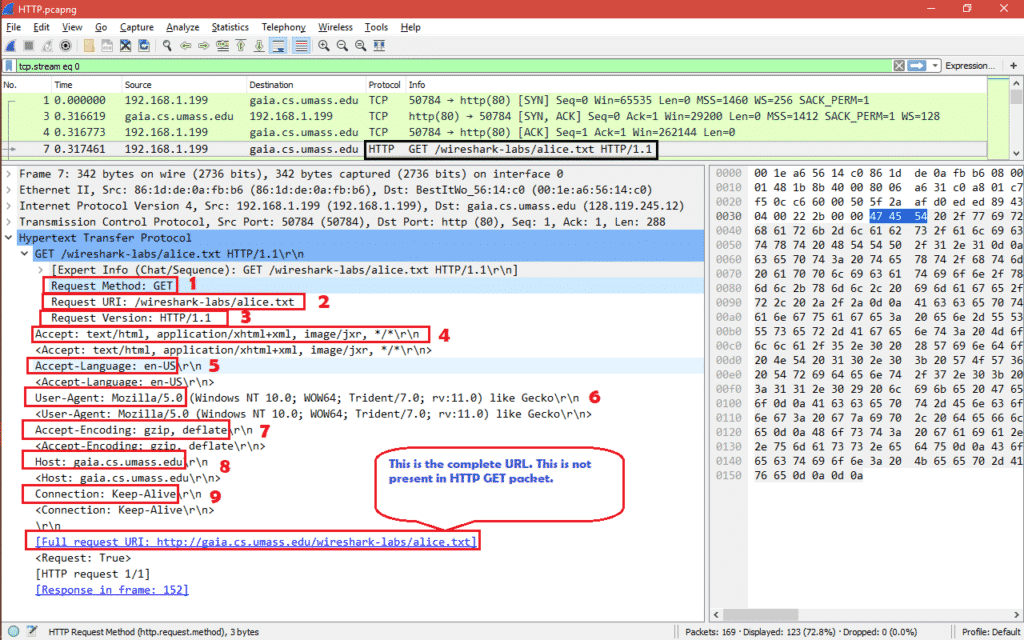
This works in scenarios where the server supports only Secure Negotiation. You will have to download the version of curl that includes support SSL Protocol. In this case, the server will send the Certificate Request message as a part of the Encrypted Handshake Message.īy far, cURL has made it easier to determine if the server is sending the Certificate Request in Server Hello. Therefore you may not see the Certificate Request message explicitly in the Server Hello. NOTE: Some SSL/TLS servers support only Secure negotiation. In WireShark you can set the filter to “ = 13” to specifically look for certificate_request message in Server Hello. enum certstorename=My clientcertnegotiation=enable Analyzing the TLS/SSL handshake in WireSharkĪs shown below, the server has sent a certificate request message to the client and the client has then responded with the certificate in the next communication.

This will help us in determining the Certificate Request in Server Hello.

As per the RFC, the server will request the certificate from the client in the Server hello by including certificate_request message, which has the decimal code of 13 (0d in Hex ). In this post, I will explain how to review SSL/TLS handshake with help of tools like WireShark& Curl.īefore proceeding further, lets review the SERVER HELLO definition in RFC 5246.

Earlier, I had discussed on what Client Certificates are and how they work in SSL/TLS Handshake. This is a continuation of my earlier post on Client Certificate Authentication (Part 1) aka TLS Mutual Authentication.


 0 kommentar(er)
0 kommentar(er)
